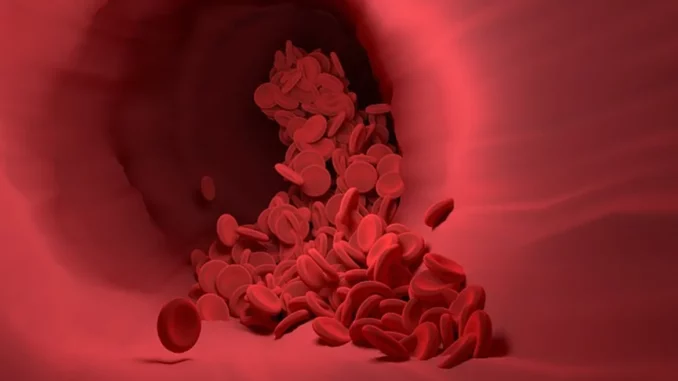
In the ever-evolving realm of healthcare, where accuracy and innovation are pivotal, the blood collection devices market exemplifies the strides made in medical technology. Recently, I had the privilege of engaging with Dr. Emily Harrison, an esteemed authority in medical diagnostics, to explore this burgeoning sector. Our discussion revealed that the narrative of blood collection devices is one of technological advancement intersecting with an escalating demand for superior healthcare solutions.
Dr. Harrison began by shedding light on the remarkable trajectory of market growth. “Back in 2024, the blood collection devices market was valued at USD 7.34 billion,” she recounted. “Fast forward to 2031, and it’s projected to ascend to a formidable USD 13.18 billion, with a compound annual growth rate of 5.87%.” Her enthusiasm was palpable, reflective of someone profoundly immersed in their discipline. Intrigued by the underlying factors, I queried, “What fuels this growth?” Dr. Harrison attributed it to the burgeoning need for sophisticated diagnostics. “Blood collection is pivotal,” she explained. “It underpins diverse diagnostic tests vital for managing ailments such as cardiovascular diseases, diabetes, and cancer. With chronic diseases escalating globally, the demand for precise diagnostic tools has soared.”
As our conversation unfolded, Dr. Harrison emphasised the transformative role of technological innovations in this domain. “The evolution of blood collection devices is significant,” she observed. “From multi-sample blood collection needles to automated systems, technology is reshaping how we collect and analyse blood. These advancements enhance both the speed and safety of procedures, reduce human error, and bolster diagnostic precision.” The transition towards automation, supplanting manual methods in laboratories, was particularly intriguing. “Automation facilitates more precise assays with smaller sample sizes,” Dr. Harrison elucidated. “This trend aligns with the broader shift towards more efficient and dependable healthcare solutions.”
Yet, like any industry, the blood collection devices market is not devoid of challenges. Dr. Harrison candidly acknowledged, “Cost and storage are considerable obstacles. Automated systems, despite their transformative potential, necessitate substantial investment, limiting their uptake, especially in lower-income regions.” She cited nations such as China and India, where manual systems remain prevalent due to the prohibitive costs associated with automation. Our dialogue also ventured into the logistical complexities of handling and storing blood samples. “Maintaining the integrity of blood samples is crucial,” Dr. Harrison stressed. “Inadequate storage conditions can compromise test results, adding layers of complexity to the process.”
Despite these challenges, the outlook for the market remains optimistic. Dr. Harrison identified the diverse segments propelling growth, from blood collection needles and syringes to the varied end users, including hospitals, diagnostic laboratories, and blood banks. “Each segment plays a distinct role and makes a unique contribution,” she noted. “Hospitals and diagnostic labs, for instance, are major consumers, supporting critical functions like blood transfusions and disease diagnostics.” The influence of regional dynamics on market trends was also noteworthy. Dr. Harrison explained that North America currently spearheads the market, propelled by high rates of chronic diseases and advanced healthcare infrastructure. “Europe follows closely, with its ageing population and heightened awareness of chronic diseases,” she added, underscoring the significance of healthcare reforms and investments in these regions.
As our conversation neared its end, Dr. Harrison conveyed her optimism for the future. “The growth drivers are robust,” she summarised. “With the rising prevalence of chronic diseases, expansions in healthcare infrastructure, and ongoing innovations, the blood collection devices market is poised for sustained growth.” Reflecting on our dialogue, it is evident that the blood collection devices market mirrors the larger healthcare landscape—dynamic, challenging, yet brimming with potential. As technology continues its relentless advancement and the demand for advanced diagnostics escalates, this market will undoubtedly remain a cornerstone of global healthcare.


Be the first to comment